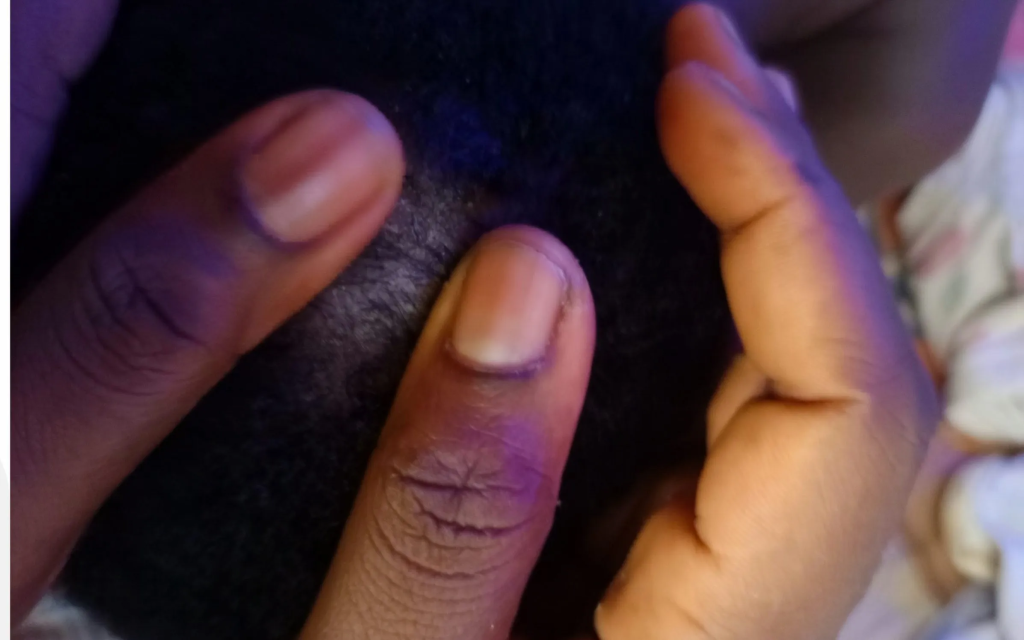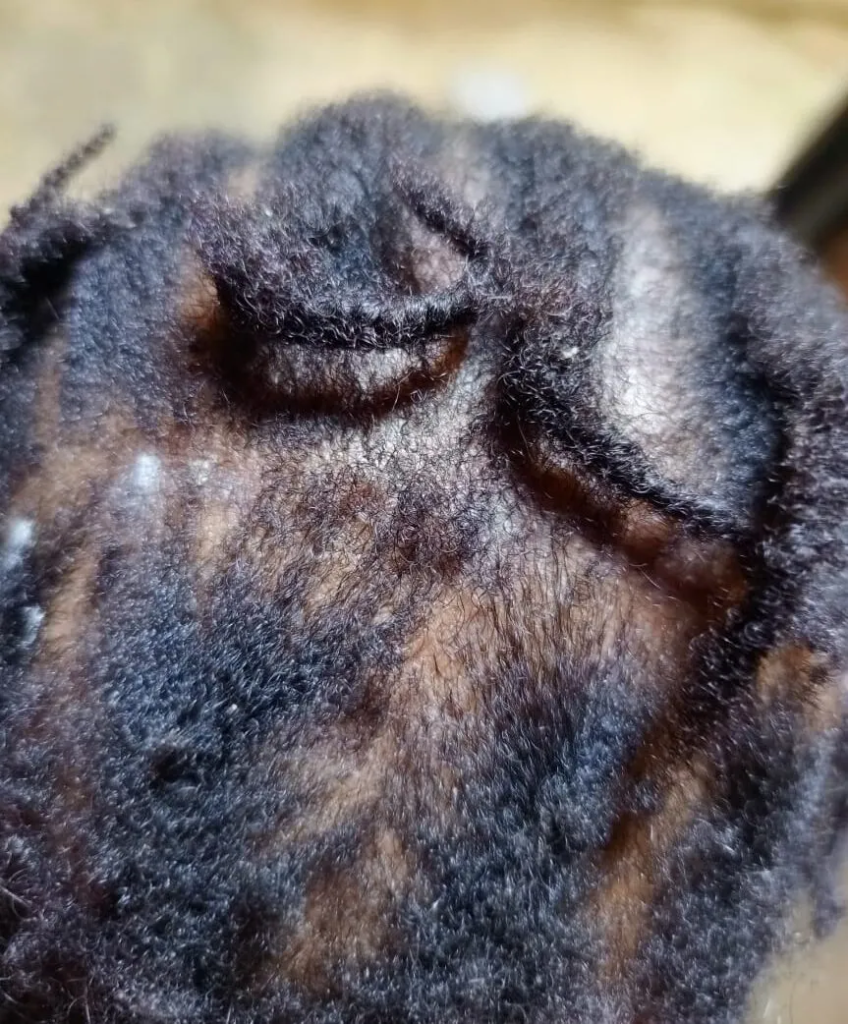
A reaction of the borehole water on the child
Lagos, Nigeria’s bustling economic capital, sits on water but thirsts for clean water. Beneath its gleaming skyscrapers and upscale neighborhoods lies a public health disaster that worsens daily, despite huge government budgets and ambitious promises.
When Blessing Bolaji relocated to Lekki Phase 1 in 2024 to escape her long commute, she believed life was about to get easier. Instead, she walked into a water crisis.
Her apartment had a borehole, but the water was brownish and smelled odd. With no alternative, she used it for bathing—adding Dettol and medicated soap for safety. Soon, painful rashes spread across her skin.
“I had to stop using the water because it felt like it was killing me,” she said.
Like thousands of Lagosians, Ms Bolaji switched to sachet water for cooking and bathing—a costly survival strategy in a city where clean water is a privilege.

The borehole water used in the neighborhood
Across Itafaji, Onola, and Adeniji Adele, families share similar horrors.
Enomfon Okure, a nurse, fought back tears as she described her children’s ordeal:
“I shaved their heads. The boils wouldn’t stop… My youngest cried every bath time, saying the water ‘bites.’”
Hospital visits became routine. Traditional remedies like calabash chalk (Nzu) offered no relief—and carried hidden dangers such as arsenic and lead contamination.
Another mother, Ajoke Sodiq, watched helplessly as her daughter scratched her legs until they bled.
“I’ve stopped using the borehole altogether,” she said. “But even pure water isn’t always clean.”
Despite Lagos State allocating ₦16.85 billion to its Water Corporation between 2019 and 2023—and an additional ₦20.62 billion for water projects in 2025—residents still buy unsafe water from vendors.
The Adiyan Phase II Waterworks, designed to ease the crisis, has dragged on for years. Completion is now projected for 2027, according to the Lagos Water Corporation (LWC).
“We see water in the budget, not in our homes,” lamented Adedayo Hammed, a retired civil servant.

Boils on the skull of the child
The LWC says the Adiyan II plant—expected to produce 70 million gallons daily—will transform access by 2027. Until then, millions remain dependent on unsafe boreholes and costly vendors.
For parents like Ms Okure and Ms Sodiq, 2027 is not just far away—it’s too late for the children suffering today.